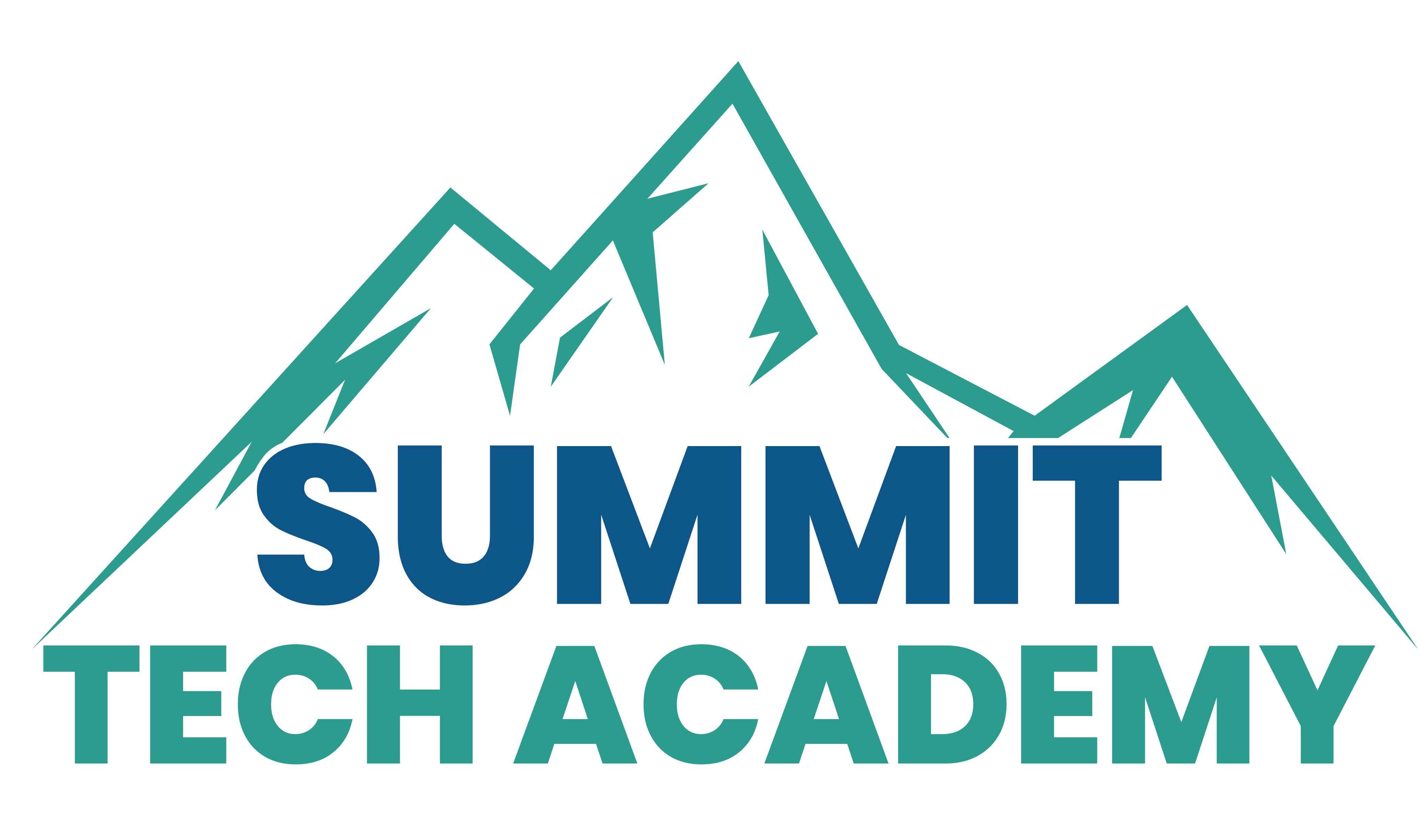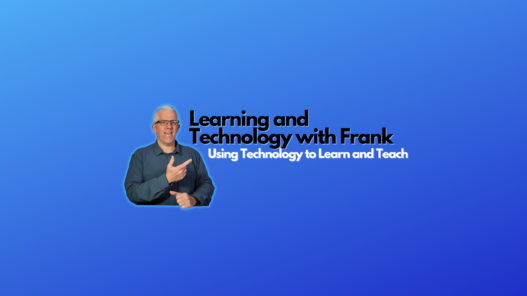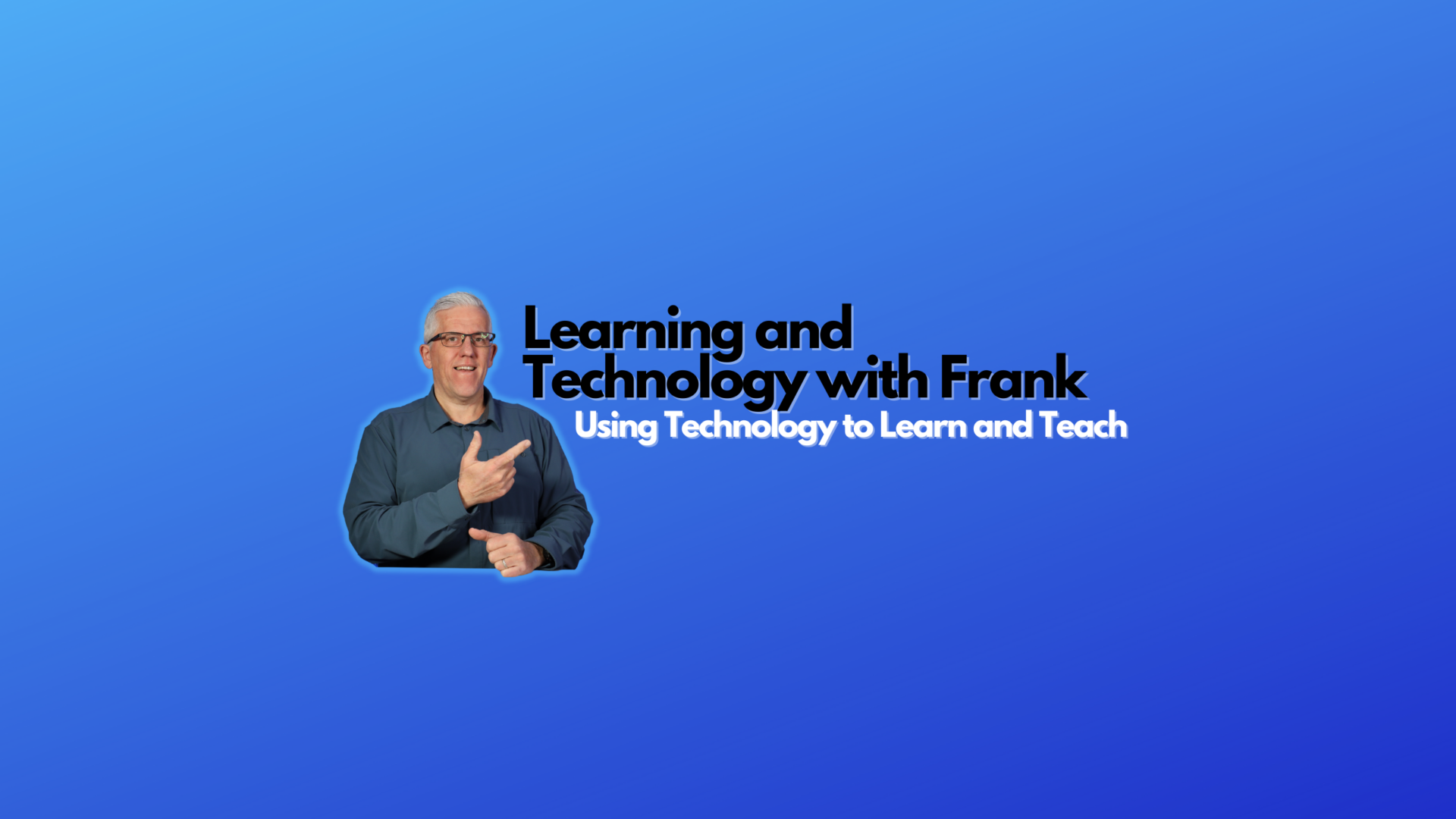There are many challenges in remote and hybrid work, but probably one of the most challenging things is to maintain audience interest.
This is something I am constantly thinking about in my own classes and presentations. People are sitting, they are in a comfortable space, and they are surrounded by distractions. So I’ve had to develop methods and engage tools to try and combat disconnect during these times and improve engagement.
There are a few takeaways that I’ve gotten around this:
- Limit the time you talk. Younger audiences have shorter attention times, and older audiences a bit more – but even with adults, I try to limit any interaction to 30-45 minutes before having some switch in presentation style, adding an activity, or taking a break. In my case, I will switch to a graphic environment (Whiteboard, Genially, and such) or I will give them a group activity to complete (Breakout Rooms, Padlet, etc)
- Have them do something instead of watching something. By giving the audience something to do (and it can be as simple as clicking on an interactive image), you are making them move their mouse, switch there attention, and drawing them away from any distractions.
- Encourage something Physical. Sitting and watching can make people disengage. Netflix binge-watching aside. We normally don’t have the budget to add a car chase or space battle to our Teams calls – so we need to get people to move a little. An experiement I’m hoping to do in the future is to have my classes take 5 minute stretch breaks and encourage them to get an inexpensive resistence band to have next to them while they attend online classes. By taking a break to move, I believe they will be more attentive in the meeting. (this can apply to any type of meeting)
- Water. Hydrate or die as they say. Encouraging my meeting participants to have water nearby will help with attention and engagement. This has long been a way to improve attention and cognition, but it’s important to mention and encourage.
- More breaks than usual. Maybe related to the water, but you need to give people some extra “micro-breaks” around the meeting time. Breaking the delivery of a longer meeting into smaller seqments, broken by changes to modality (graphics, video, breakouts, interactions) can help. Punctuating some breaks in there also helps. Just be careful to ensure that you don’t make the micro-breaks too long so that you don’t incurr the time overhead of reconvening. You don’t want to give them too much time in the micro-breaks so that it takes too much time to get them back to focusing. A micro-break could be a quick story, or having a participant tell others a story.
Recently, I’ve been looking at a tool called Genially to create some content that creates more interactivity for my meetings (classes) and will be sure to report back on how it works for me. They actually reached out to me! Which was great – because it ended up being something I needed and didn’t know I needed until I checked it out.
One thing I’m going to try out right away is the Jeopardy Game template – to break into a quick online quiz that the class can do together or in small groups.
Here’s my first video on Genially – I suspect I’ll be making many more. They reached out to me and sponsored this video – which was nice of them – you can check them out here:
Click here to access Genially: https://bit.ly/3rIs65P


